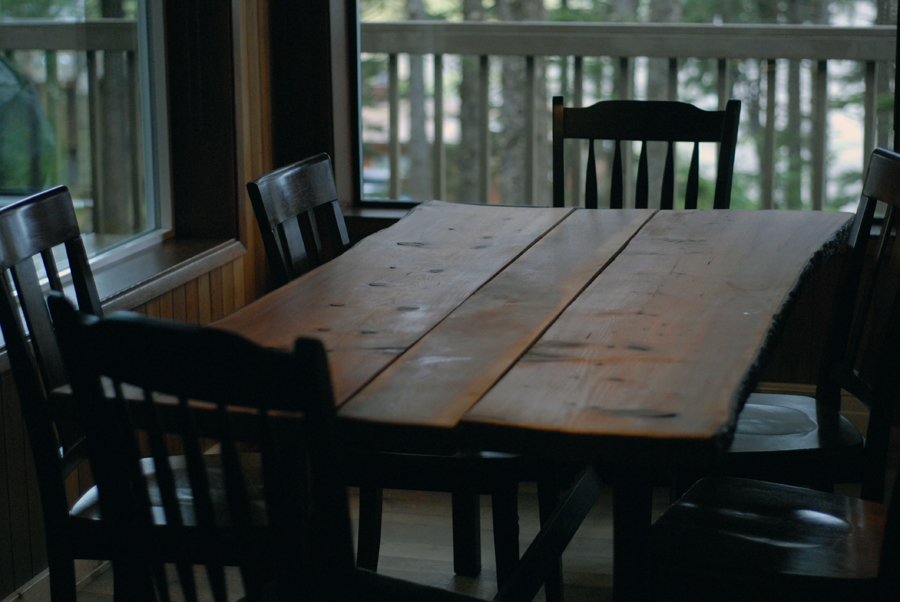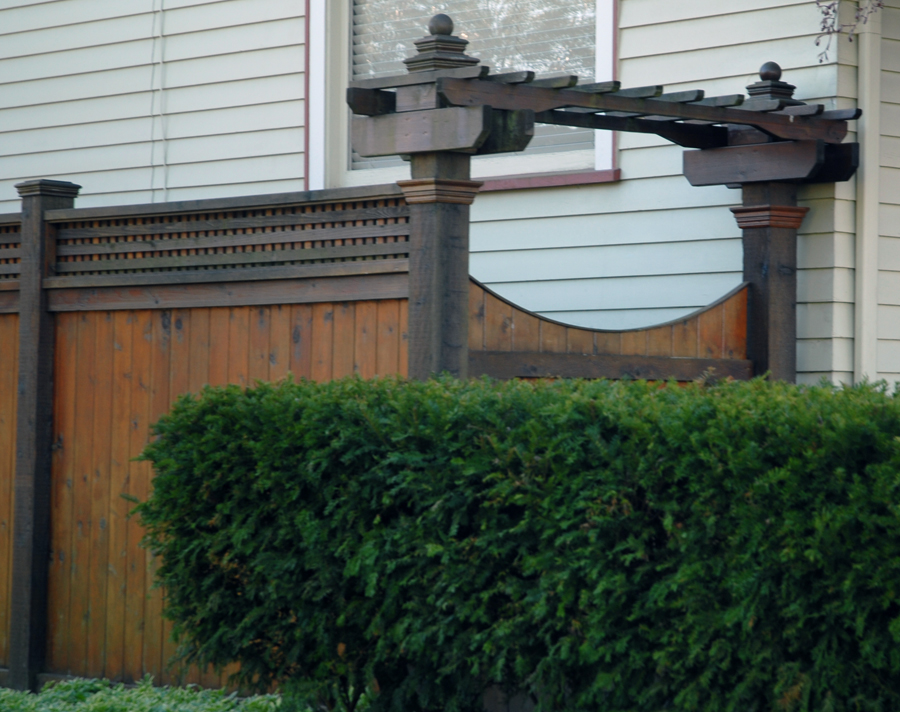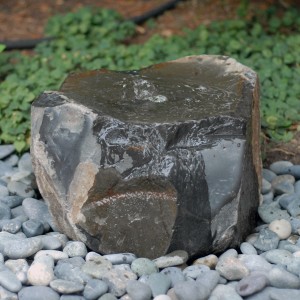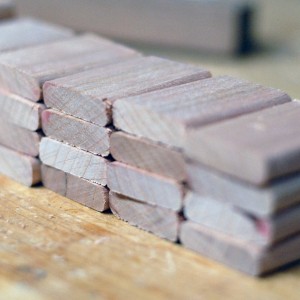We recently spent a couple of days on the Washington coast. The cabin had been recently renovated in what I’d call “Pacific Northwest Rustic.” Imagine lots of fir slabs used as benches and shelves, and featured prominently in this dining table. The top consists of a couple of small slabs and a fill strip, all attached to the welded steel base through the bottom so fasteners won’t show. If the top was ever level, it isn’t now–there’s a noticeable amount of cup to the slabs, but I can’t tell if that’s because the boards were inadequately dried before construction or because only the top was finished. It’s a suitable design for the space and location and was probably reasonably economic to produce–both key factors to consider when furnishing 28 cabins. Were I to build something similar, though, I think I’d opt for a trestle base in wood. And the top is the perfect place for some butterfly keys.
Monthly Archives: July 2014
A Tongue-and-Groove Infill Fence
The dog and I often pass this fence on our morning walks. The height and use of 6 x 6 posts make it a bit imposing, and the use of tongue-and-groove boards create a solid privacy border. The slat spacing on the lattice renders it relatively impermeable as well, an effect (if deliberate) that might have been better accomplished with a solid board or two.
The gate features an attractive reverse arch at the top trimmed with a thin strip to prevent water absorption through the board ends, an instance of form complementing function. The gate way, though, leaves something to be desired in the execution of the stacking of elements. Better (though more effort) to half-lap at least one of those layers
Garden Fountain–Construction
Conceptually, a fountain installation is not a difficult project. A waterproof basin houses a pump which recirculates water through a vessel. As is often the case, execution proved more difficult than the concept might suggest. It was easy enough to source the basalt column, and Morrison Gravel drilled it. Both Home Depot and Lowes minimal pond departments had pumps and plumbing, but a small basin and support proved more elusive. After much searching, I found a basin much like this one for a price that was too good to refuse. Following the suggestions I read in Amazon reviews, I cut ABS pipe to length to provide a support column for basalt and caulked the seam of the basin lid to seal it. I then dug a hole for the basin, set the pipe in place, covered the basin, placed the pump inside, and plumbed the column. Some decorative stone covered the basin lid, and after plugging the pump in, I had a working fountain. Continue reading
Milling Loose Tenons (aka DIY dominos)
When I am making my own loose tenons, I have cause to remember thinking how absurd milling dominos was as I read about it on the Festool Owners Group. After all, one of the key benefits of using the Domino is the time savings, savings lessened by milling your own loose tenons instead of using Festool’s pre-made dominos. As it turns out, there are situations where a custom tenon suits, especially when I’m using the Domino joiner on the widest cutting setting. As designed, this width is intended to allow for slight mis-alignment when using multiple tenons to join parts together. It’s also a way to use wider tenons than those available from Festool. Continue reading




